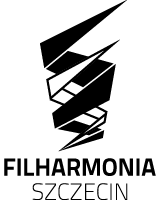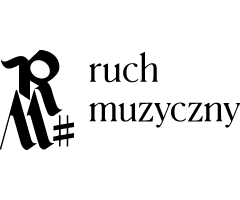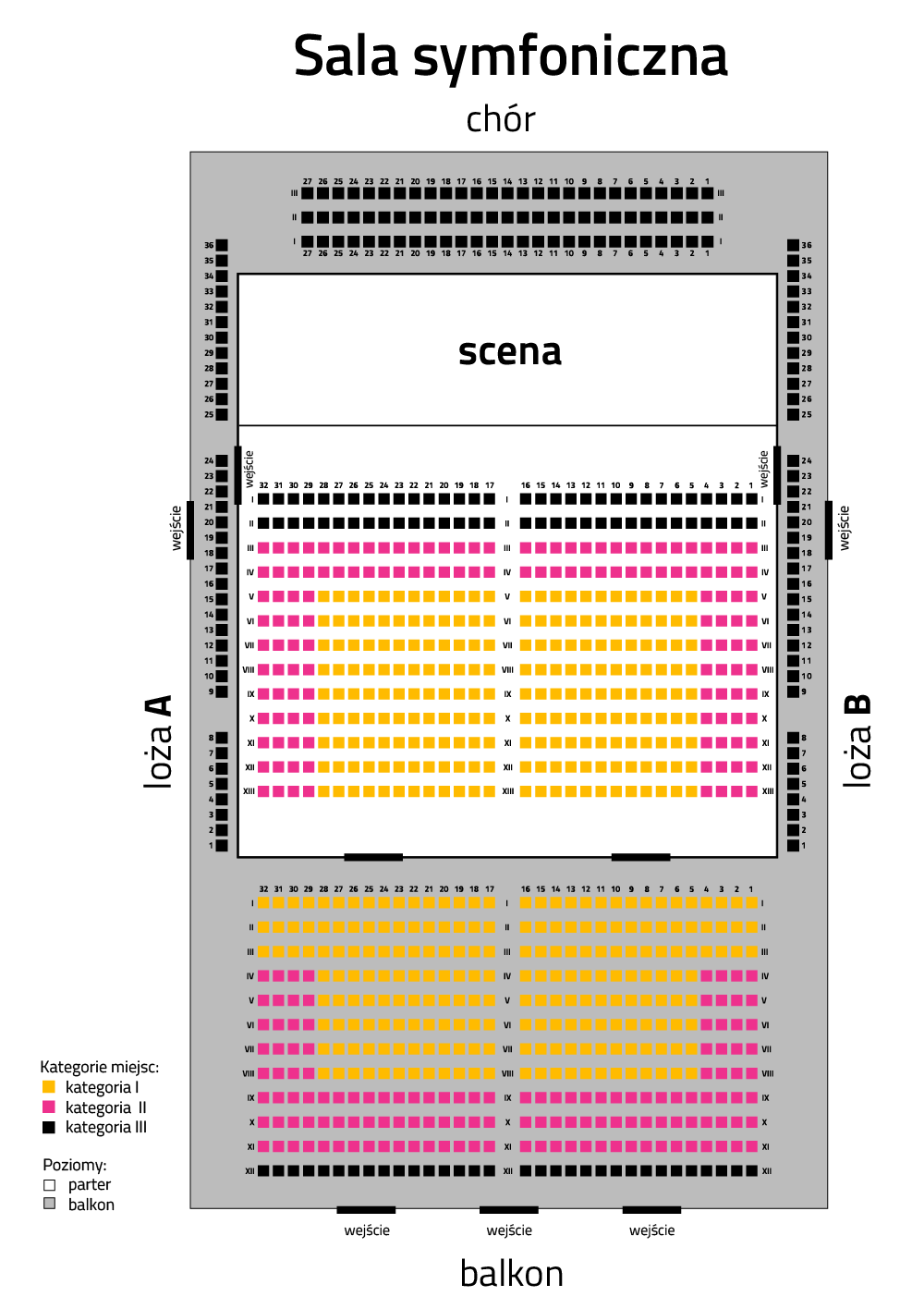After the great success of last year's, 10th jubilee edition of the International Lutosławski Youth Orchestra (ILYO), young musicians from all over Poland and Europe will meet at the Szczecin Philharmonic for the 11th time to prepare a great symphonic concert during the week-long orchestral workshop in Szczecin. The young musicians will be led by Rune Bergmann, Norwegian maestro (Artistic Director of the Szczecin Philharmonic and the principal conductor of our Symphony Orchestra), and the excellent oboist Mateusz Żurawski will perform as a soloist.
It's amazing that a youth orchestra can sound so good! – wrote the reviewer of Tagesspiegel after last year's Berlin debut of ILYO, and it was not the only such flattering review. The musicians from our youth orchestra were rewarded by the audience gathered in the great hall of the Berlin Konzerthaus with a long and very enthusiastic ovation and there was even an encore. A similar success was achieved by the ILYO orchestra two days later in Szczecin, where the great final concert ended with a standing ovation. We have no doubt that it will be the same this year. Throughout the week, young musicians, under the supervision of world-famous teachers and experienced orchestral musicians from leading Polish and European ensembles, polished a very ambitious and thrilling repertoire. What will we hear? Four absolutely extraordinary pieces belonging to the strict canon of 20th century music.
The evening will start with the Fanfara (called Szczecin Fanfara) by Krzysztof Penderecki (1933-2020), composed by the composer in 2014 for the inauguration of the new seat of the Szczecin Philharmonic, which has been the home of ILYO from the very beginning of the project. The orchestra will perform this beautiful piece on the occasion of the 70th anniversary of the Szczecin Philharmonic.
Then young musicians will invite you to listen to La Valse by Maurice Ravel (1875-1937). The French composer had the idea to write this piece in 1906. Originally titled Wien, it was intended as a tribute to Johann Strauss II's Viennese waltzes, which Ravel greatly admired. He even once said that every composer dreams of writing a good waltz, but it is extremely difficult. Nevertheless, La Valse is not a Strauss-style ball waltz. The composer uses the typical gestures of the Viennese master and transforms them into a kaleidoscopic orchestral texture. This is why many critics often refer to the work as a deconstructed Strauss waltz. Though originally written for the ballets, Ravel's waltz quickly became a symphonic work in its own right, admired for its harmony, brilliant orchestration and rhythmic play.
The next piece performed this evening will be the famous Concerto in D major for oboe and small orchestra, AV 144, TrV 292 by Richard Strauss (1864-1949) – undoubtedly one of the most beautiful concertos ever written for this instrument. Its creation is associated with a completely unusual and touching story. On the same day Hitler committed suicide, April 30, 1945, American troops entered the Bavarian town of Garmisch. They were looking for homes for their own use, forcing residents to immediately pack up and leave their properties so that American troops could move in as soon as possible. On Zoppritzstrasse, the Americans arrived at house number 42, which seemed to them just perfect for their needs. When they tried to force an elderly man living there to leave the building, he unexpectedly declared: I am Richard Strauss, composer of Rosenkavalier and Salomé. The then 80-year-old Strauss was very lucky because the soldier he turned to was Lieutenant John Sherwood de Lancie, himself a classical musician. More specifically, he was the principal oboist of the Pittsburgh Orchestra. De Lancie, of course, ordered his troops to move to other houses, and allowed the composer to stay at his place. But during a long conversation, he also asked him a question: Maestro, have you ever thought of writing a concerto for oboe? No, I didn’t – replied Strauss shortly. However, the American oboist inspired him to add it to the list of his compositions. This is how Strauss's only oboe concerto was created. Two years after the work's world premiere in 1946, Strauss revised the score and extended the coda of the final movement. The work was first recorded in 1948 and since then it has been one of the most loved pieces by all oboists around the world. Together with the International Lutosławski Youth Orchestra, it will be performed by Mateusz Żurawski, – oboist of the Szczecin Philharmonic Symphony Orchestra, but also a great soloist who has performed with many ensembles in Poland, including Silesian Chamber Orchestra, Capella Gedanensis and the Symphony Orchestras of the Zielona Góra Philharmonic or the Sudety Philharmonic.
The second part of the evening will be filled with a monumental work and one of the most important works in the oeuvre of ILYO's patron – Witold Lutosławski (1913-1994): the famous Concerto for Orchestra. The work was commissioned from Lutosławski by Witold Rowicki, then the chief conductor of the Warsaw Philharmonic Orchestra, which was revived after the war. The work had its premiere in 1954 in the hall of the Roma Theatre, because the seat of the present National Philharmonic in Warsaw has still not been rebuilt. The piece belongs to the late neoclassical period in the composer's oeuvre.
Lutosławski worked on his Concerto for five years, inspired by the famous Concerto for Orchestra by Béla Bartók, which ILYO performed in 2022 during its tenth jubilee edition. However, Lutosławski, although he drew on Bartók's work in general terms, created a thoroughly individual work, drawing on Polish folklore, which served the composer as a mine of main motifs and themes. From the very beginning, the concert was enthusiastically received not only by the audience and critics, but also by the entire musical world, and its fame soon began to reach much further. It became one of the favorite works of many famous conductors, who willingly included the work in their repertoire. Among them are Antoni Wit (known for his great love for this work), Jerzy Semkow, Stanisław Skrowaczewski (who conducted the work during its first performance in the USA), but also Seiji Ozawa and Georg Solti. The Concerto for Orchestra is, according to hard statistical data, the most frequently performed piece by Lutosławski in the world.
It will be an evening with the best classics full of extraordinary youthful energy.
Organizer

Mieczysław Karłowicz Philharmonic in Szczecin - Municipal Institution of Culture is co-led by the Ministry of Culture and National Heritage


Partners


Honorary Patronage

DETAILS
International Lutosławski Youth Orchestra 2023 | FINAŁ
25-08-2023 19:00

Symphony HallFilharmonia im. Mieczysława Karłowicza w Szczecinie
ul. Małopolska 48
70-515 Szczecin







